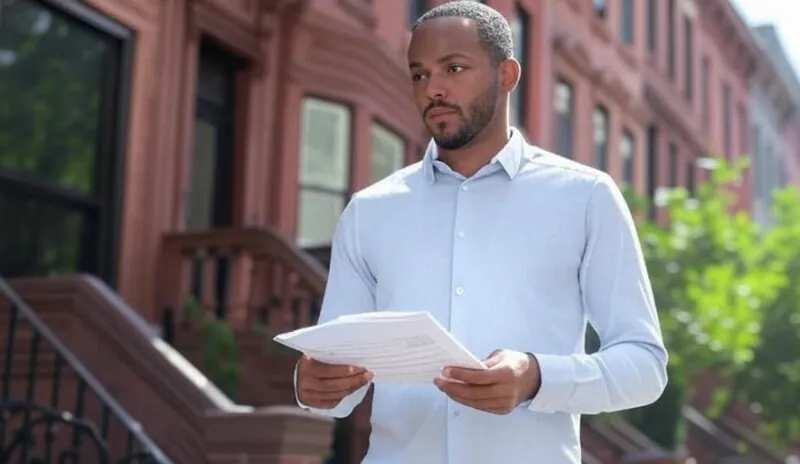So, you’ve finally made it — welcome to Brooklyn! Whether you arrived with a U-Haul full of dreams or just a few suitcases and a MetroCard, there’s something special about starting fresh in this borough
. From brownstones and bagels to block parties and street art, Brooklyn is full of character and culture. But before you can kick back at your favorite new coffee shop or plan your first Prospect Park picnic, there’s one big reality to face: the paperwork.
Relocating anywhere means a bit of bureaucracy, but moving to Brooklyn (and NYC in general) comes with its own checklist of official things to handle.
Step 1: Secure and Prove Your Brooklyn Address
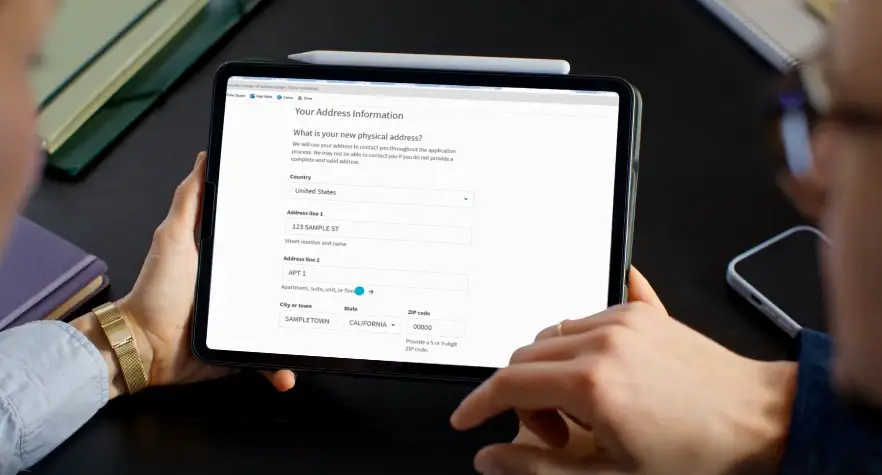
Before you can apply for a state ID, register to vote, or even set up utilities, you need proof that you live in Brooklyn. This is the most foundational step in any move — you need paperwork that connects your name to your new address.
Key Documents:
| Paperwork | Why You Need It |
| Lease or Mortgage Statement | Prove your legal residency in Brooklyn |
| Utility Bill (Con Edison, National Grid) | Accepted as proof of address for ID, DMV, etc. |
| Renter’s Insurance Policy | Often required by landlords; protects your stuff |
Most institutions — from the DMV to your employer — will ask for at least two different documents showing your Brooklyn address. A signed lease is usually the gold standard, but utility bills and official insurance policies also count. These are especially important if you’re trying to switch your ID over or register a vehicle. Make sure the name and address match exactly — bureaucracies love technicalities and will delay your process if anything seems off.
If you’re subletting or don’t have a lease in your name, try to get a signed letter from the primary tenant or landlord, and back it up with a bill in your name (like internet, renter’s insurance, or a bank statement). Keep both digital and physical copies of everything. They’ll come in handy in multiple stages of your relocation process.
Step 2: Update Your Identification
One of the most crucial things to do after a move is to update your state-issued ID. If you’re coming from out of state, New York gives you 30 days to update your driver’s license or non-driver state ID. Even if you already live in New York but moved boroughs, it’s smart to update your address with the DMV so that voter rolls, tax information, and emergency services are accurate.
NY State ID or License Requirements:
| Requirement | Example Documents Accepted |
| Proof of Identity | Passport, Birth Certificate |
| Social Security Number | Social Security card, W-2 form |
| Proof of NY Residency (2x) | Lease, Utility Bill, Bank Statement, Pay Stub |
To switch your out-of-state ID to a New York one, you’ll need to make a trip to the DMV — yes, it’s dreaded, but thankfully, appointments can be made online and will save you hours of waiting. Bring all the required documentation with you, especially two pieces of proof that you now live in Brooklyn. These might include your lease agreement, a recent Con Edison bill, a paycheck with your new address, or a bank statement.
If you don’t drive and just want a non-driver’s ID, the process is similar — and still important. Many city services require a valid NY ID to access benefits, and it makes things like job applications or medical appointments easier.
If your documents are in a language other than English, which is common for international newcomers, you may be required to provide certified translations for things like your birth certificate, marriage license, or academic records. In those cases, it’s important to use a reliable service that specializes in professional certified translation online to make sure your paperwork is officially recognized and meets legal standards.
Step 3: Register Your Vehicle (If You Have One)

Brooklyn isn’t always the most car-friendly place — between alternate side parking and narrow streets, owning a car here can be more stressful than convenient. That said, if you’re bringing your vehicle with you, you’re required to register it in New York State within 30 days of becoming a resident. Otherwise, you risk fines or even towing.
Vehicle Requirements:
| Task | Deadline | Where to Do It |
| Register your car in NY | Within 30 days | NY DMV |
| Update your car insurance | ASAP | With your insurance provider |
| Get a NY driver’s license | Within 30 days | NY DMV |
| Apply for a Residential Parking Permit (if needed) | ASAP | NYC DOT or 311 |
To register your car, you’ll need to provide proof of ownership, your out-of-state title, proof of insurance (with your Brooklyn address), and possibly a vehicle inspection. Your out-of-state insurance policy won’t cut it — you need a provider licensed in New York.
Once your plates are updated, look into whether your specific neighborhood allows for residential parking permits. Not all do, but in areas where they exist, they can save you hours of circling the block. Also, familiarize yourself with alternate side parking rules — they’re strictly enforced, and tickets add up quickly in this city.
Step 4: Update Your Address Everywhere
@postnetca135 Moving soon? USPS has updated its Change of Address process for added security. Change of address requests can be submitted online at: https://moversguide.usps.com/ or in person at your local post office. If submitting online, a mobile phone number verification may be required, and a One-Time-Passcode or verification link will be texted to your cell phone. There is also a $1.10 charge for submitting online. If your online identity verification was not successful, or if you do not wish to complete a change of address online, you may complete a change of address in person at a Post Office. At a Post Office: Request a change of address form from a Retail clerk at a Post Office. Bring one of the following photo identifications with you that is current and unexpired: * State issued driver’s license or non-driver’s license identification card (name and address must match the old or new address on your request) * Uniformed Services Identification Card (requires a secondary form of identification) * U.S. Passport (requires a secondary form of identification) It is recommended that you bring a secondary form of identification with you, such as: * Lease, mortgage or deed of trust * Voter or vehicle registration card * Home or vehicle insurance policy or card The name and address on any secondary identification must match the old or new address on your change of address request. #USPSChangeOfAddress #MovingMadeEasy #ChangeOfAddress #MovingDay #NewAddress #Relocation #PostOffice #USPS #AddressChange #PostalUpdates #MovingTips #AddressVerification #PostalService ♬ MONACO – Bad Bunny
After updating your legal ID and vehicle info, it’s time to update your address with every important institution in your life. This includes your job, banks, credit cards, government agencies, and delivery services. Failing to do this can lead to missed tax forms, lost packages, or worse — important government notices going to the wrong place.
Where to Change Your Address:
| Platform | How to Update |
| USPS | moversguide.usps.com |
| Banks | Online or at your local branch |
| Credit Cards & Loans | Via mobile app or website |
| Job / HR Department | Update for payroll and benefits |
| Subscriptions (Amazon, Netflix, etc.) | Online profile settings |
Start with USPS by filling out their change-of-address form online — this will automatically forward most of your mail for 12 months. However, you’ll still need to go into your accounts (like your bank or employer portal) and update your address manually. Don’t forget your health insurance provider and any student loan or auto loan servicers, too.
This is also a good time to clean house — cancel old services or subscriptions that no longer serve you and make room for your new life in Brooklyn. You might discover you don’t need that Kansas City newspaper delivery anymore.
Step 5: Register to Vote in NYC
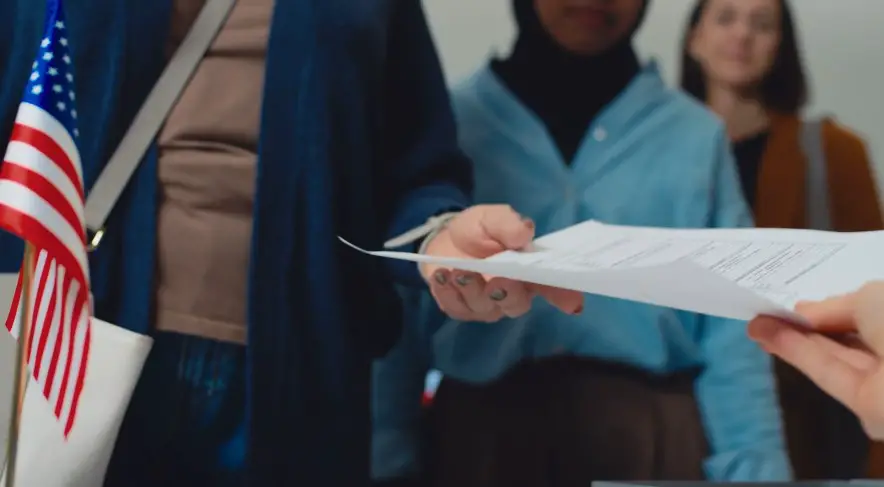
Voting is one of the easiest ways to feel rooted in your community, and if you’ve moved to a new borough, your voting district will most likely change, especially if you came from out of state. The good news is that New York makes it pretty easy to register.
How to Register:
- Visit: nyc
- You’ll need: NY ID + proof of address.
- Deadlines apply, especially for primary elections — don’t wait!
You can register online, by mail, or in person at most government agencies, including the DMV. If you’re unsure whether your voter registration has been updated, you can also check your registration status on the same site. Remember that New York has closed primaries, which means you must be registered with a political party to vote in its primary election. So if you want to have a say in who makes it to the ballot in November, get registered early.
Step 6: Handle Work & Tax Documents

Now’s the time to get your financial and employment paperwork in line. If you’re employed by a company, update your address with HR so your W-2 and pay stubs go to the right place, and so your state taxes are calculated correctly. Some states require you to pay income tax even after you’ve moved out, so make sure your employer knows where you live now.
If you’re self-employed or freelance, you might have additional requirements. NYC levies an Unincorporated Business Tax (UBT) on certain types of small businesses or freelancers, depending on how they’re structured. If you’re unsure whether you owe this, talk to a tax advisor — it’s better to get ahead of it than face late penalties.
Also, update your billing address with your payment processor (PayPal, Stripe, etc.) and any clients who mail checks or send 1099s. Staying on top of these details keeps your business running smoothly.
Step 7: Set Up Your Utilities and Internet
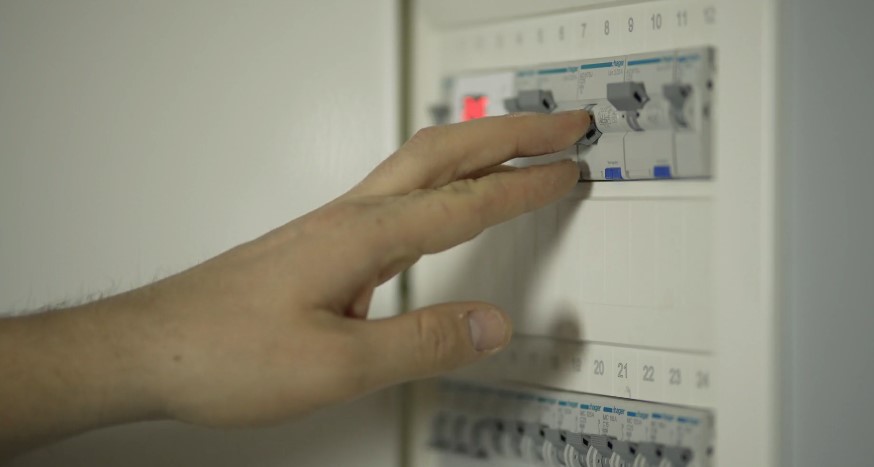
It’s not glamorous, but it’s necessary — once you move in, you’ll need to set up your gas, electricity, and internet. Depending on your lease, some of these may already be covered by your landlord, but it’s your responsibility to double-check.
Utility Providers in Brooklyn:
| Service | Provider(s) |
| Electricity | Con Edison – coned.com |
| Gas | National Grid – nationalgridus.com |
| Internet | Spectrum, Verizon Fios, Optimum |
The two main utility providers in Brooklyn are Con Edison (electric) and National Grid (gas). You can usually set up your account online with your new address, lease info, and a form of ID. Internet options vary by building — Spectrum and Verizon Fios are the most common. Set this up early, because appointment windows fill up fast, and some buildings have long wait times for installations.
If you’re a remote worker or just someone who streams a lot of Netflix, investing in a strong, stable internet plan is worth every penny.
Step 8: Get the Extras (Library Card, etc.)
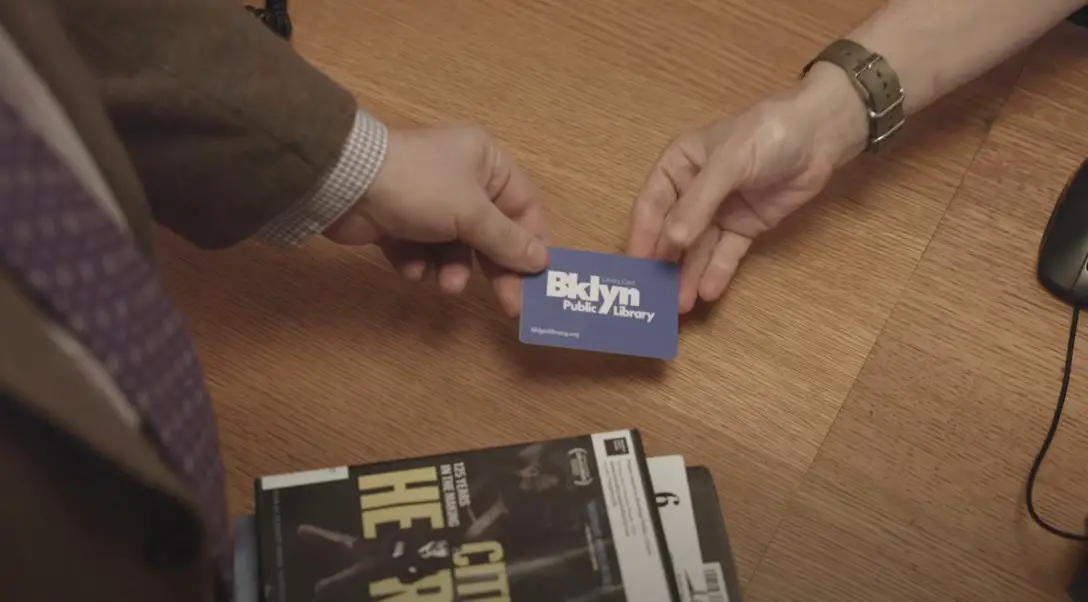
Once the basics are done, it’s time to start enjoying the perks of Brooklyn life. One of the first things you should grab is a Brooklyn Public Library card. It’s free, easy to get, and gives you access to not just books but also online courses, museum passes, and community events.
Another great option is applying for an NYC ID (IDNYC), a free municipal ID available to all residents over 10 years old. It gives you discounts at local stores, free access to museums, and another official way to prove your NYC residency — especially helpful if you don’t drive and want a second ID besides your state one.
Final Thoughts
Moving to Brooklyn is more than just changing your zip code — it’s stepping into a new rhythm of life. The paperwork can feel overwhelming at first, but once you break it down step by step, it’s manageable. The sooner you handle these administrative tasks, the faster you’ll feel settled and free to explore everything Brooklyn has to offer — from the food trucks of Williamsburg to the murals of Bushwick.
Tackle this list early, save your receipts, make backups of all important documents, and don’t be afraid to ask questions along the way. You’re not just moving here — you’re becoming part of a community. Welcome home.

